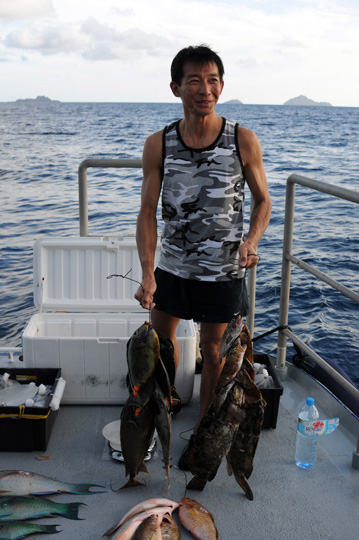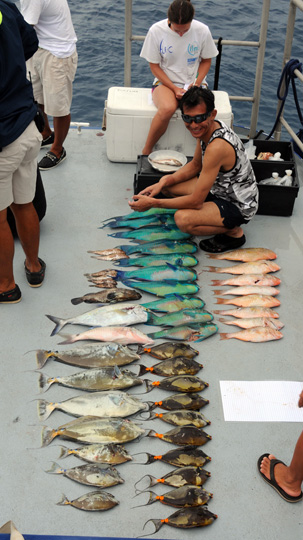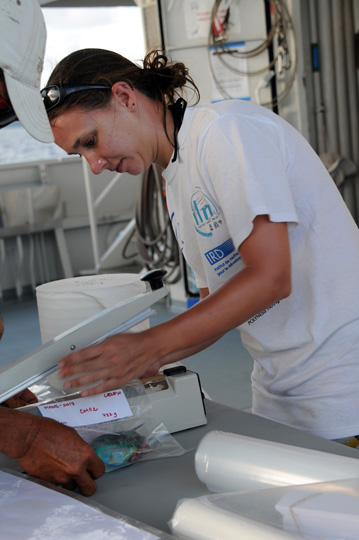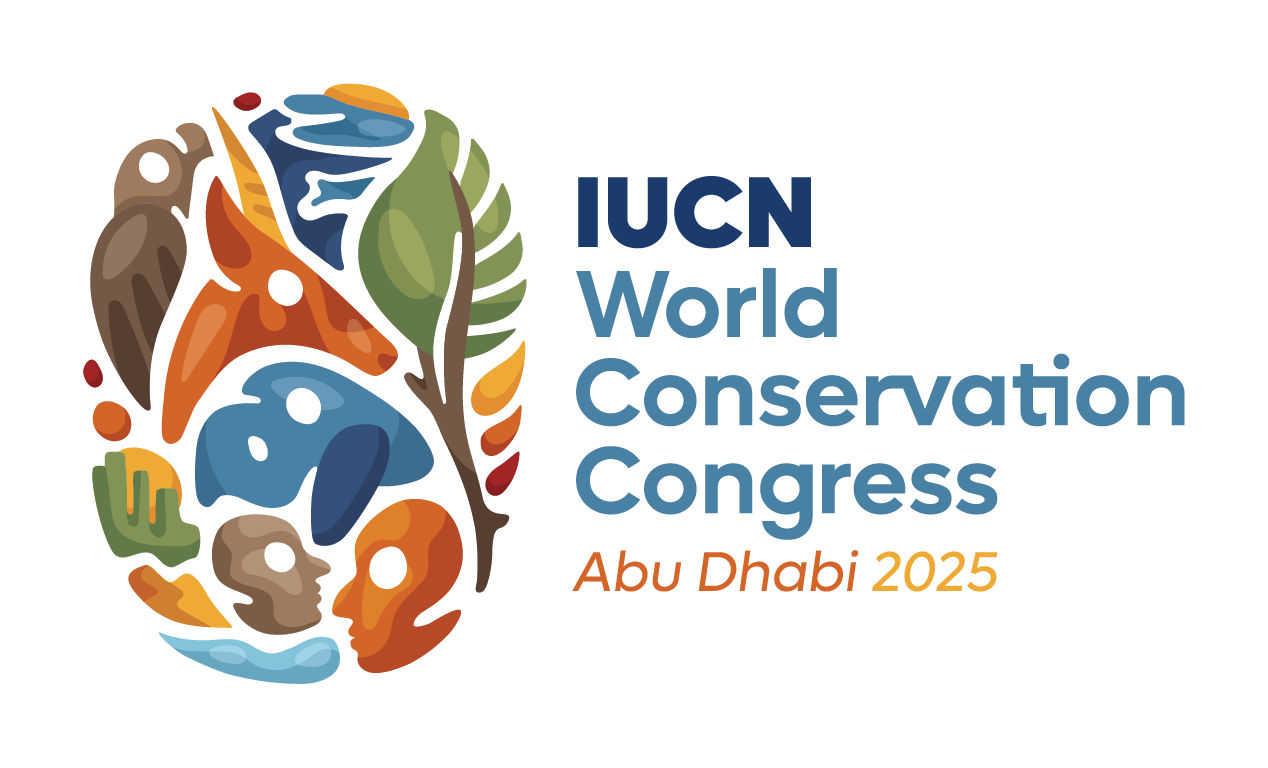A fish sandwich? Think again. You may want to leave the fish on the reef, if you live in Mangareva. There’s a good chance it may be ciguateric and you may get ciguatera poisoning. Ciguatera fish poisoning (CFP) is seafood intoxication caused by the consumption of tropical reef fishes contaminated with a type of microalgae called a dinoflagellate. The dinoflagellate belongs to the genus Gambierdiscus, which was first identified in the Gambier Islands (hence the scientific name) after a severe outbreak in the late 1960s. Gambierdiscus usually occur on benthic algae, increasing in abundance after some type of disturbance degrades a coral reef, such as a cyclone, bleaching event, or, in the case of French Polynesia in the 1960s, nuclear testing.

Ciguatera Poisoning
The dinoflagellates produce a potent neurotoxin (ciguatoxin) that is bioaccumulated (built-up in the tissue) and biotransformed along the trophic chain first to the herbivorous fishes, then to carnivorous fish. The population of these microalgae usually blooms 10 months after a coral die-off and then it takes about 4 months for it to pass up the food chain and cause outbreaks in humans. There are now 11 known species of Gambierdiscus. They affect tropical areas in the Caribbean Sea, and the Pacific and Indian Oceans. Some 50-100,000 cases of ciguatera poisoning or CFP are reported every year. If you eat a ciguatoxic fish, you’ll know within about 2 hours via digestive disorders, followed by neurological symptoms ranging from temperature reversal, tingling, itching, muscular pains, chronic fatigue, and numbness. These symptoms may last a few weeks or even a lifetime. Symptoms following consumption of a second ciguatoxic fish at a later date are even worse, as the toxin accumulates in your body.

Ciguatera poisoning has occurred since at least the 7th century, in China and it was commonly reported among explorers in the 16th century. In French Polynesia, mass intoxications were reported in Bora Bora in the 1960s, followed by the Gambiers, but little research was done until about a decade ago. Monitoring sites were first established here last year, and five scientists from Institute Louis Malardé and IRD are with us during this expedition to follow-up on this work. It takes one to two very long days for the researchers to work one site. The day starts with a quantitative survey of the bottom (100 m X 100 m area) to determine how much and what type of fleshy algae are present, the amount of dead coral, and how much turf algae is present. One species of turf is a preferred habitat for the dinoflagellate (Amphiroa rigida). This alga is collected and then washed through a fine mesh filter to remove and collect the microalgae.

If there is a bloom (this year, a bloom was identified in one site off Rikitea), then enough of the Gambierdiscus can be collected to allow determination of the species using molecular tools (PCR). Finally, a subsample of the known toxic fish is collected.

On the ship, the fish are cleaned and filets are carefully weighed and frozen for analysis, but strictly kept for research purposes and are not to be consumed!

The research team has conducted a very thorough study, completing the three sites they established last year and establishing three new sites. Remarkably, 2012 and 2013 represent the first comprehensive Gambierdiscus assessments ever done in the Gambiers!
(Photos by: Dr. Andy Bruckner)


